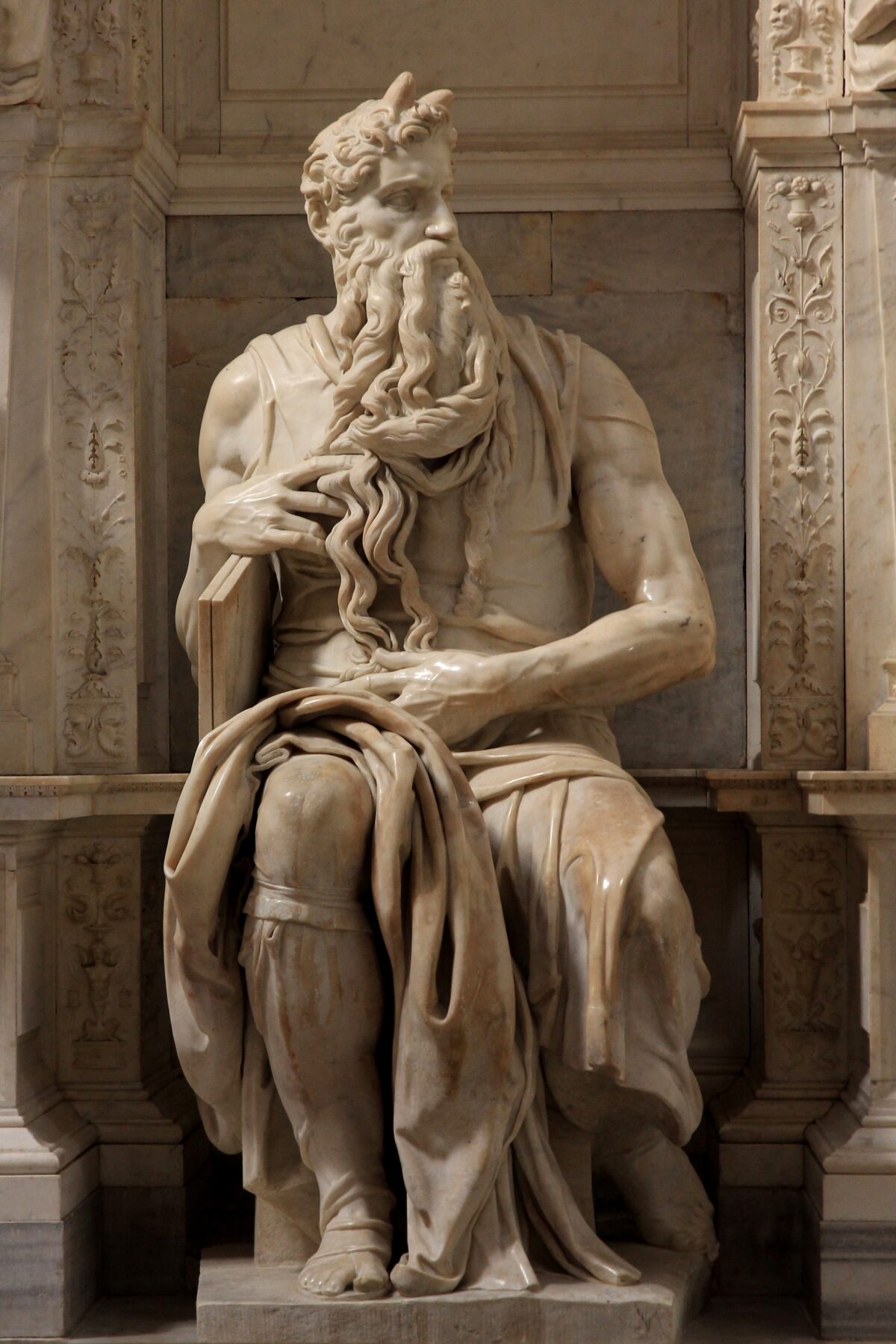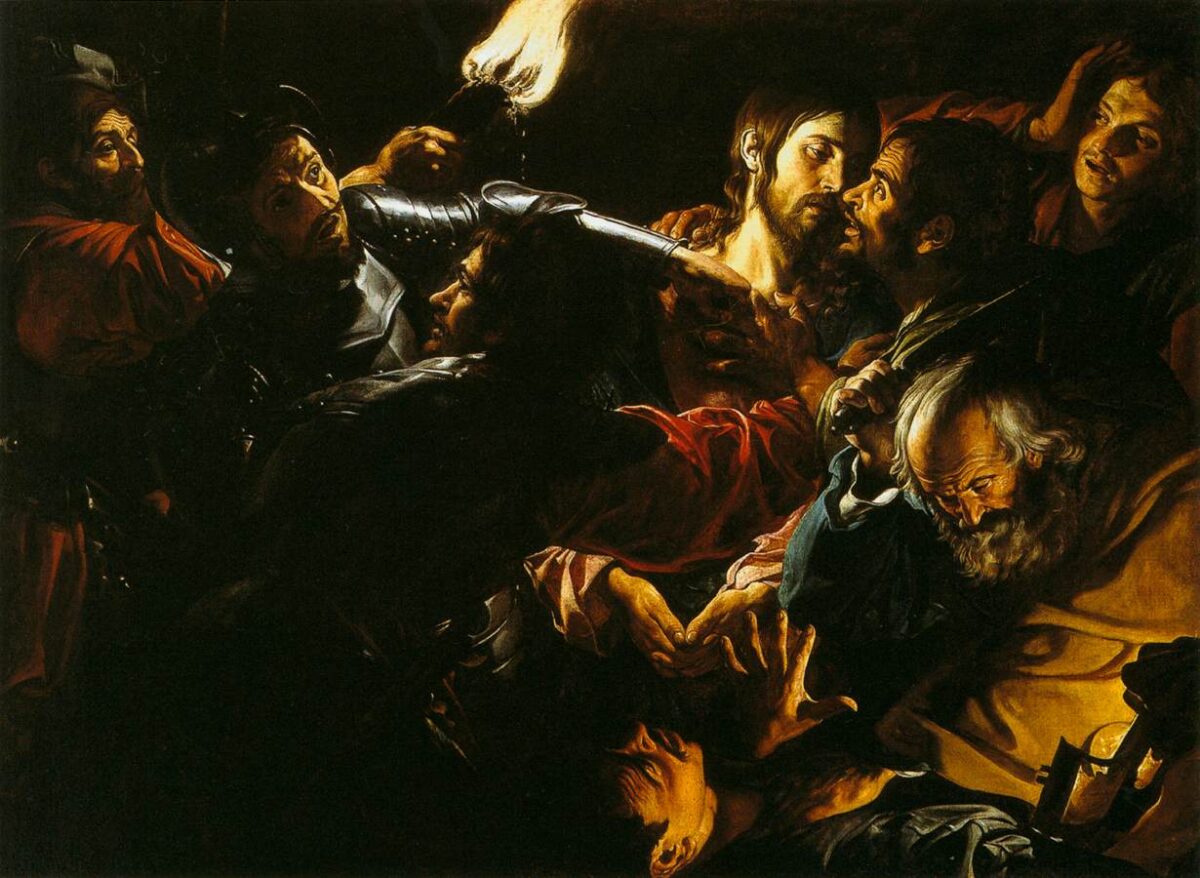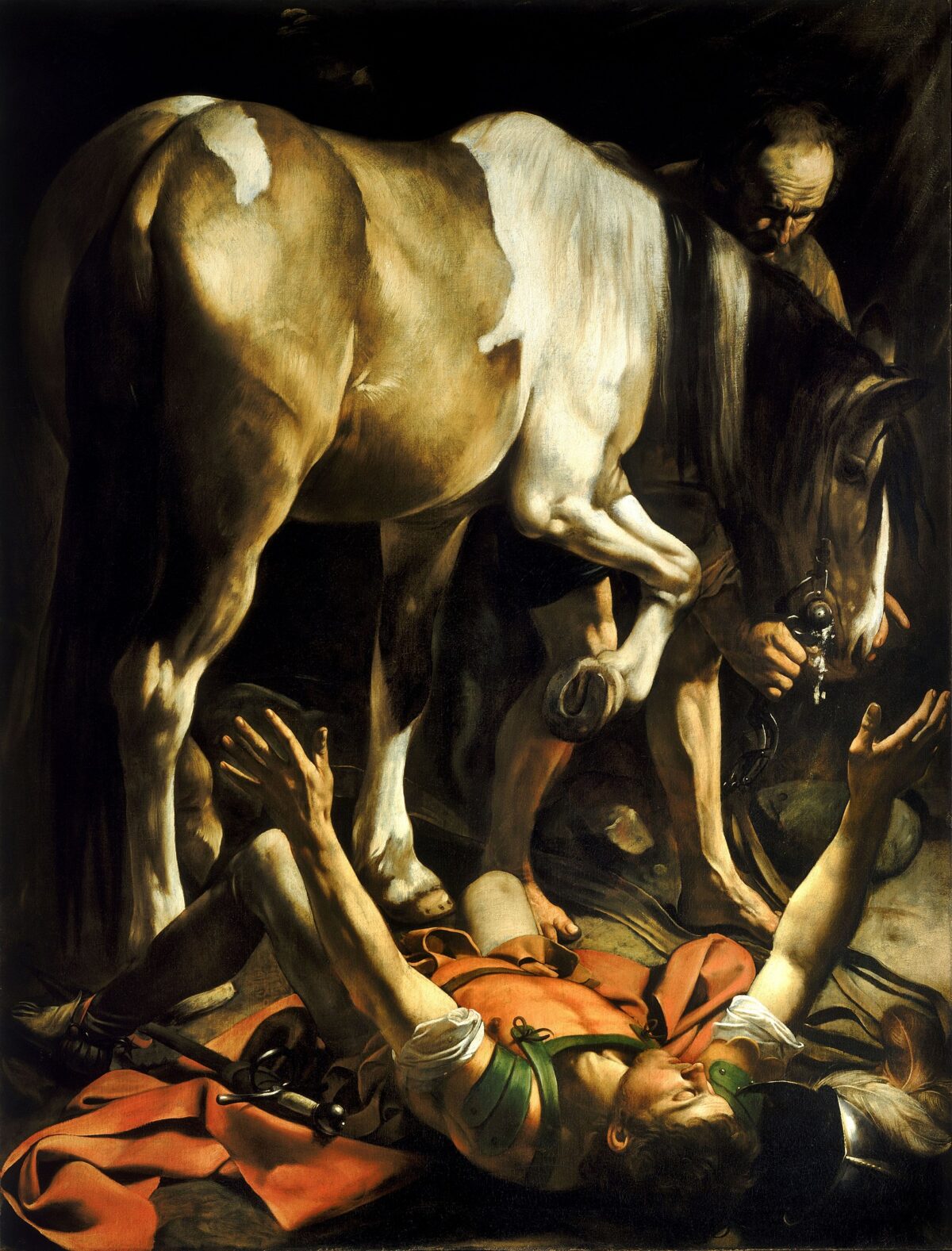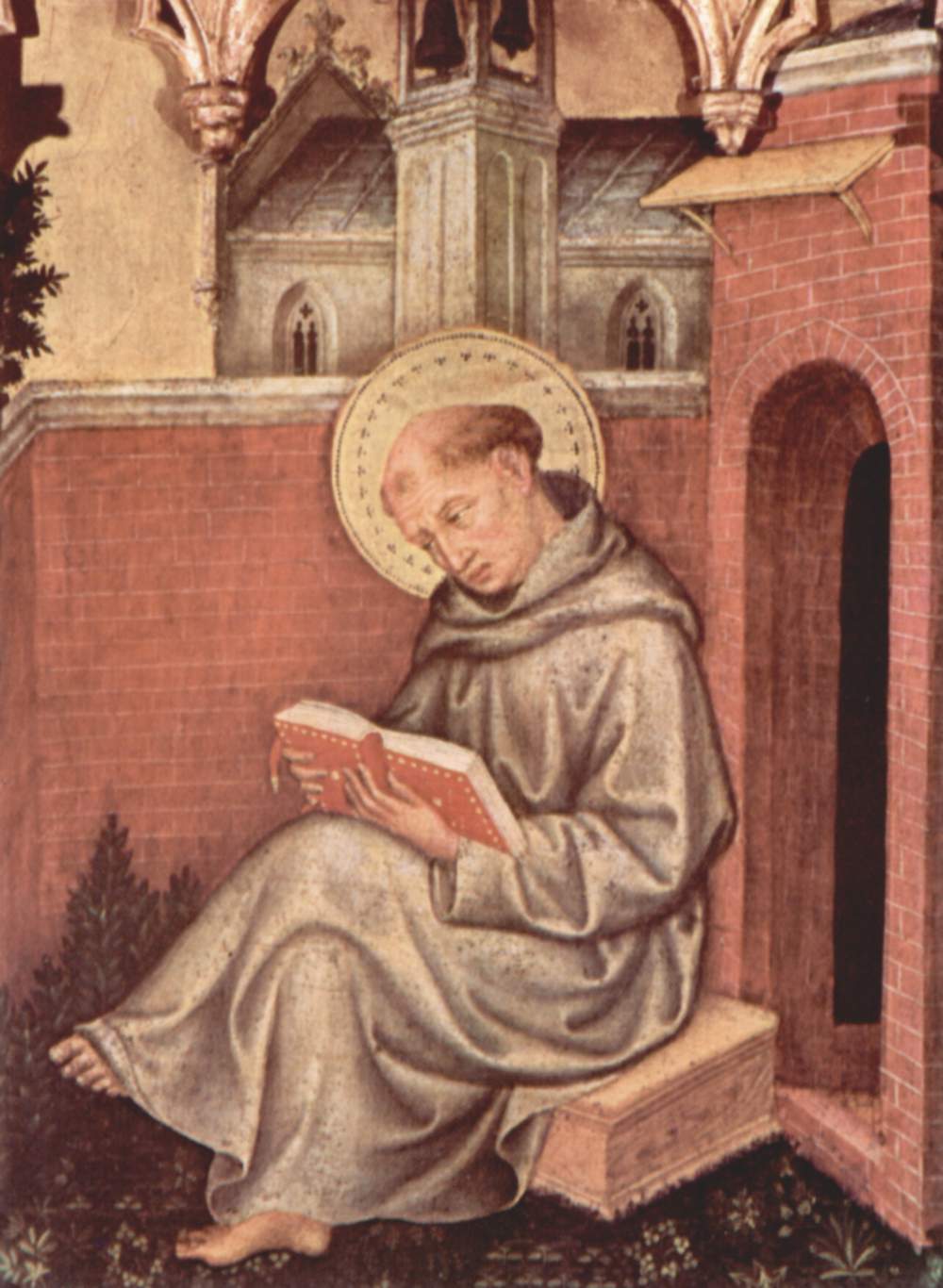The Invisible World We Ignore at Our Peril
- Inspired Original
- Mar 20, 2020
- 7 min read
Updated: Apr 20, 2023

In our increasingly materially focused world, a world in which image is king over content, it is worth bearing in mind that sometimes the invisible aspects of life, the worlds that lie beneath what we see with the naked human eye, are of far greater import.
There is a wonderful story from the Book of the Hebrews (11:27) where it says of Moses in a flash of inspired insight: “By faith he left Egypt, not fearing the wrath of the king; for he endured, as seeing Him who is unseen.”
He endured all manner of hardship because he was able to see “Him who is unseen.” He saw what was invisible and unseeable. What a figure of speech we have here—an oxymoron, or paradox. Yet we know what this means, because in our imaginations we can see the invisible, and this seeing the invisible is correlated with faith: Beyond the evidences of our senses, we know some deeper truth, and this truth gives us an unstoppable power if, like Moses, we embrace and believe in it.
What to my mind this story so vividly shows and testifies to is the reality of the world we cannot see but which is all around, and to which all myths and ancient scriptures testify in one way or another. In other words, the invisible world we might call Spirit; and this spiritual world, as Moses demonstrates, is far more powerful than the material world that we actually and directly perceive.

A modern spiritual master, Teilhard de Chardin expressed it this way: “Matter is spirit moving slowly enough to be seen.” Slowly enough? Why? Because Spirit is much, much faster! So fast, in fact, as to be invisible. This is atomic motion; it is so fast and so small that we cannot see it, but it is the foundation of reality.
72,000 Angel Warriors Ready!
In the Christian tradition, we have one important, comparable situation: In the Garden of Gethsemane, we learn (Matthew 26:53) that after Jesus orders his disciples to put their swords back into their scabbards, he says, “Or do you think that I cannot appeal to My Father, and He will at once put at My disposal more than twelve legions of angels?” A legion equaled 6,000 troops, so we are talking here of summoning some 72,000 angelic warriors! He is not alone in that desolate garden—all those holy beings are instantly available and around him.

The importance of the invisible in our lives cannot be overstated, particularly in a culture like ours, which has become so materialistic and anti-spiritual.
Just to make this point, we need to be clear that what is really important to us in our lives is really invisible: When we talk of “love” or “justice” or “freedom” or “democracy,” or indeed any other value or abstraction that we may be prepared even to die for, then we are talking about the invisible.
Seeing Love?
We don’t see love in its essence. But when somebody loves somebody else, the matter of their body moves slowly enough for us to see some loving behavior perhaps, to which we say, “Ah, that’s love.” Or perhaps more accurately, “That’s a loving behavior.”
But the essence of love always remains invisible to us. And I say this because, of course, these invisible values dictate our behaviors, our actions, in the visible world of matter—be they positive, invisible values such as love or freedom, or negative ones such as hate or indifference.
Carl Jung, the founder of analytical psychology, asked the fundamental question: “The decisive question for man is: Is he related to something infinite or not?” Moses and Christ, as two prophets, assure us that we are. Christ establishes this in a particularly dramatic way, mocking—effectively—the blindness of his own apostles who trust more to their own swords than to Christ’s unlimited power. We are reminded of the most often quoted line: “And He said to them, ‘Because of the littleness of your faith; for truly I say to you, if you have faith the size of a mustard seed, you will say to this mountain, “Move from here to there,” and it will move; and nothing will be impossible to you.'” (Matthew 17:20)
Krishna’s Holy Beings
There is a parallel story in the Indian myths that is worth dwelling on for a brief moment, as it helps us see the Christian and Jewish tales in a refreshed light. In Donald A. Mackenzie’s fascinating book “Indian Myth and Legend,” there is a wonderful and highly expressive scene where the god Krishna in mortal form, and alone, advises the weak and old maharajah to discipline and restrain his ambitious and evil son, Duryodhana, before it is too late.
Duryodhana is planning—against all sound counsel—to defraud his cousins, the Pandavas, of their rightful inheritance to the kingdom. As Krishna is giving his counsel, Duryodhana is in a rage, waiting outside with three accomplices, plotting to imprison Krishna and take him captive; thereby, they reason, weakening the Pandavas.
But Krishna knows their thoughts and their plotting, and says these inspired words in front of Duryodhana’s father when Duryodhana is recalled into the room: “Ah! Thou of little understanding, is it thy desire to take me captive? Know now that I am not alone here, for all the gods and holy beings are with me.”
Then, in dramatic fashion, in a divine transfiguration, he reveals his true nature and becomes a tongue of flame, fire issuing from his mouth and eyes and ears; sparks break from his skin, which is as radiant as the sun, and around him gods and divine beings appear.

Like the Pharisees and Romans, Duryodhana cannot see all the holy beings, cannot recognize the invisible power of the prophet standing before him, and so he blindly pursues his ignorant path, grasping for power and success, and betraying even his own family as he perceives them standing in his way. Ultimately, this process leads to total self-destruction. We see the same with those persecutors in the Christian stories: Herod, Pilate, and Judas are all destroyed by their blindness.
We might see one further extension of this analogy—and perhaps a reversal of it—in the tale of St. Paul, the agent charged with hunting down the apostles. Paul is physically blinded by God, but he ultimately comes to see the truth of Christ despite the lack of his material sight. Hence his sight is restored to him, and so much more: He gains new purpose as the new, 13th apostle. Paul was a government man, a man with no spiritual dimension to his life whatsoever, a materialist who did bad things for payday. But by being blinded and therefore forced to examine the immaterial world, or inner world perhaps, he becomes spiritually enlightened and is able to hear God’s message. The importance of trusting in the invisible to find our way through life could not be clearer.

Again, there is parity with the Indian legends. Krishna denounces those “persons of demoniac natures … devoid of purity, good conduct, and truth” and who claim that the “universe is void of truth, of guiding principles and of ruler.” These people, according to Krishna, are those “born for the destruction of the universe.”
It’s pretty stark stuff, and liberal humanism hates it and always wants to water it down. But the scriptures warn us that denying the spiritual world and its claim on us have very serious consequences.
There is a very direct connection, it seems, between denying spiritual realities and being, for want of a better word, evil. Evil, as a concept, is highly unpalatable to modern thought, as is the idea that it can result from a lack of spiritual belief. Modern media frequently tries to portray those of spiritual inclination as the bad guys: zealots, extremists, terrorists. As psychoanalyst James Hollis observed: “The chief project of modernism, that movement of literature, art, music, psychology, philosophy, and troubled sensibility over the last two hundred years, was to witness the eroded authority of such institutions [of church, government, and family] and to dismantle their claims to govern the modern soul.”
The Enlightenment of the 18th century enthroned reason (and as a consequence science, its doting daughter) as the supreme authority and arbiter of our lives, and this despite the fact that after 200 years of genuflecting to it, we find it provides no basis on which to live the “good” life. Indeed, its abject failure to provide a convincing moral or ethical foundation for actually living a fulfilling life is palpable. As English writer Peter Stanford observed, “We imagine that we are so much cleverer than past ages, that their wisdom can be surpassed by our own, passed through the filter of science and logic and reason. The results are misleading and dispiriting.”
The Unnameable Mystery
The true relationship between reason and the spirit is what Thomas Aquinas knew long ago in the 13th century: “Reason gets us to where unnameable mystery begins.” What a marvelous expression: “the unnameable mystery.” That points to where we become aware of the invisible, of the gods and holy beings around us, of miracles, of the cosmos working in almost inexpressible ways to bring about good.

And this is one of the reasons we need to believe in the spiritual world, because, to return to Jung again, “When people feel that they are living the symbolic life, that they are actors in the divine drama, that gives the only meaning to human life; everything else is banal and you can dismiss it. A career, producing children, all are maya [illusion] compared with that one thing, that your life is meaningful.”
Without this meaningfulness our lives empty, and we fall prey to all forms of narcissism, addiction, emotional and physical pathologies—pathologies that have a spiritual origin.
Finally, then, James Hollis again: “Symbol and metaphor are our greatest gifts, for they make culture and spirituality possible. The animal lives the mystery; the human experiences it as mystery.” Denying the mystery, denying the holy ones, is to degrade us; we become like the animals that simply live and die. Our real destiny is quite the opposite: to one day become one with the holy beings that surround divinity and finally participate in the goodness of the whole cosmos.
All quotes are from the New American Standard version of the Bible.
James Sale is an English businessman whose company, Motivational Maps Ltd., operates in 14 countries. He is the author of over 40 books on management and education from major international publishers including Macmillan, Pearson, and Routledge. As a poet, he won first prize in The Society of Classical Poets’ 2017 competition and spoke in June 2019 at the group’s first symposium held at New York’s Princeton Club.
Contributed by James Sale
Pure Truth, Kindness and Beauty
It’s a great pleasure to present to you an inspiring story from the Award-winning painter Lauren Tilden. Her painting “Birds of the Air, Grass of the Field” has won the Bronze Award from the NTD International Figure Painting Competition in 2019.
“Working on that painting was a reminder to me not to worry. There is more to life than the issue you are facing at this moment.” – Lauren said.
While contemplating the value of human life, and how precious it is, the artist’s own young daughter became her stand-in, her persona in the painting. Please join us on this wonderful journey to visit Lauren in West Virginia.


